Last week, a significant chapter in U.S. environmental efforts concluded with the final demolition of four key dams on the Klamath River.
This project, the largest of its kind in the nation, aimed to rejuvenate the river and support the tribal communities along the Oregon-California border who have championed this cause for decades.
Salmon Return to Ancient Routes
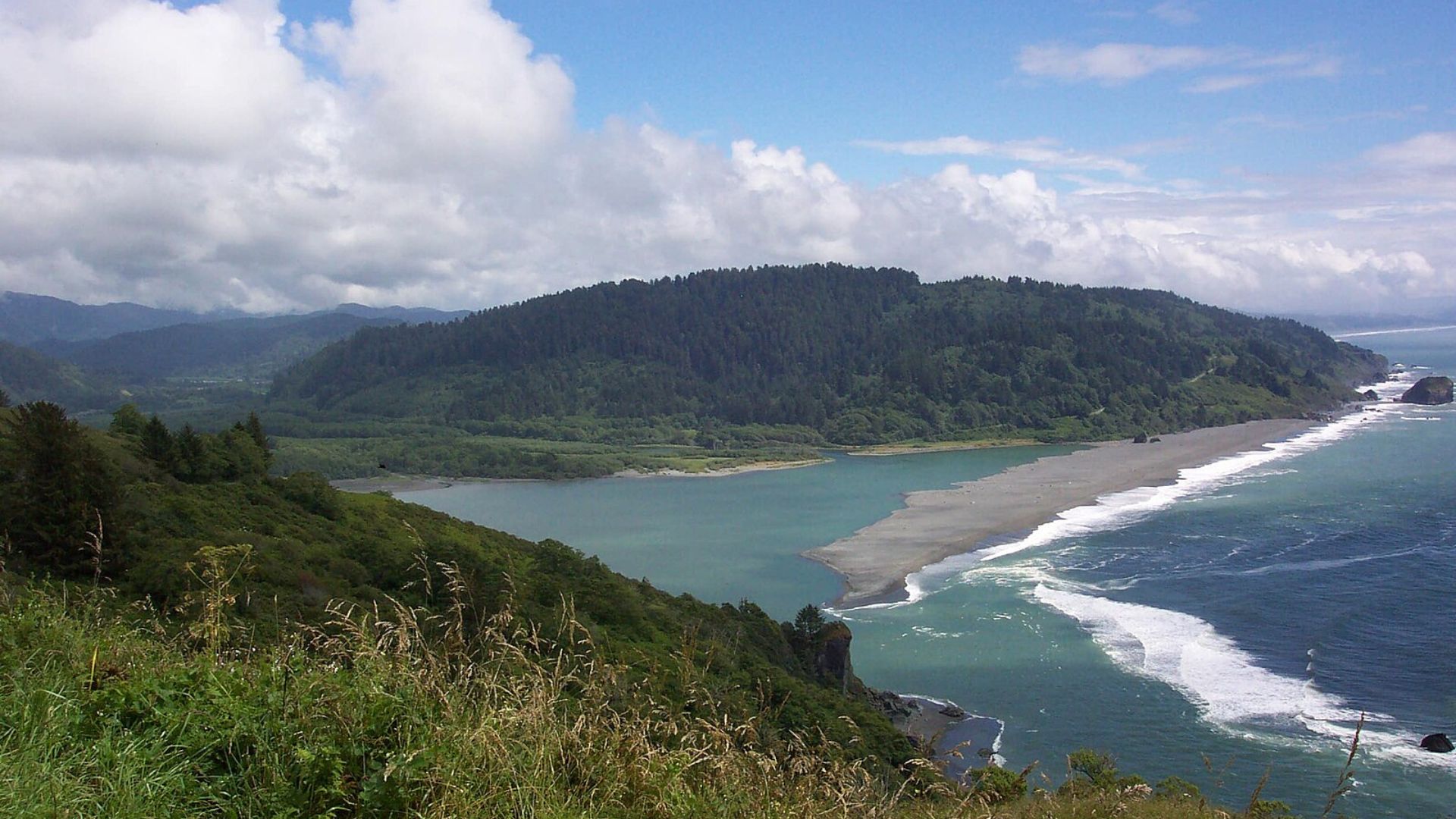
With the barriers gone—Iron Gate, Copco Dams 1 and 2, and JC Boyle—the salmon of the Klamath River can once again navigate their ancestral waters.
For over a century, these hydroelectric dams hindered their natural migration, disrupting both their life cycle and the surrounding ecosystem.
A United Celebration
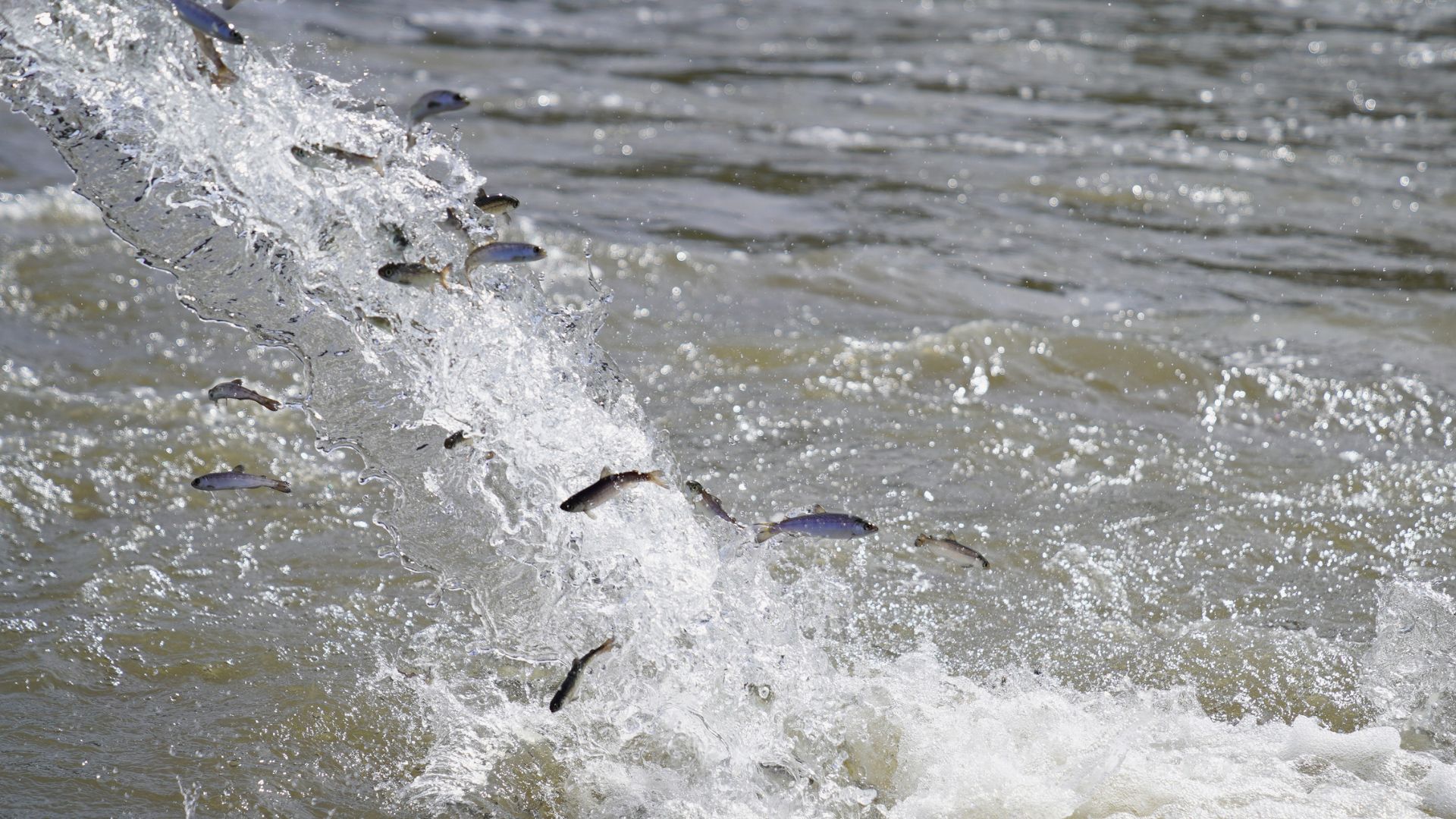
“It was a celebratory moment,” shared Mark Bransom, CEO of the Klamath River Renewal Corporation, as he stood with a diverse group of staff, conservationists, government officials, and tribal members by the river’s edge.
Their shared joy was a reflection of the years of planning and effort finally coming to fruition.
Dismantling Begins
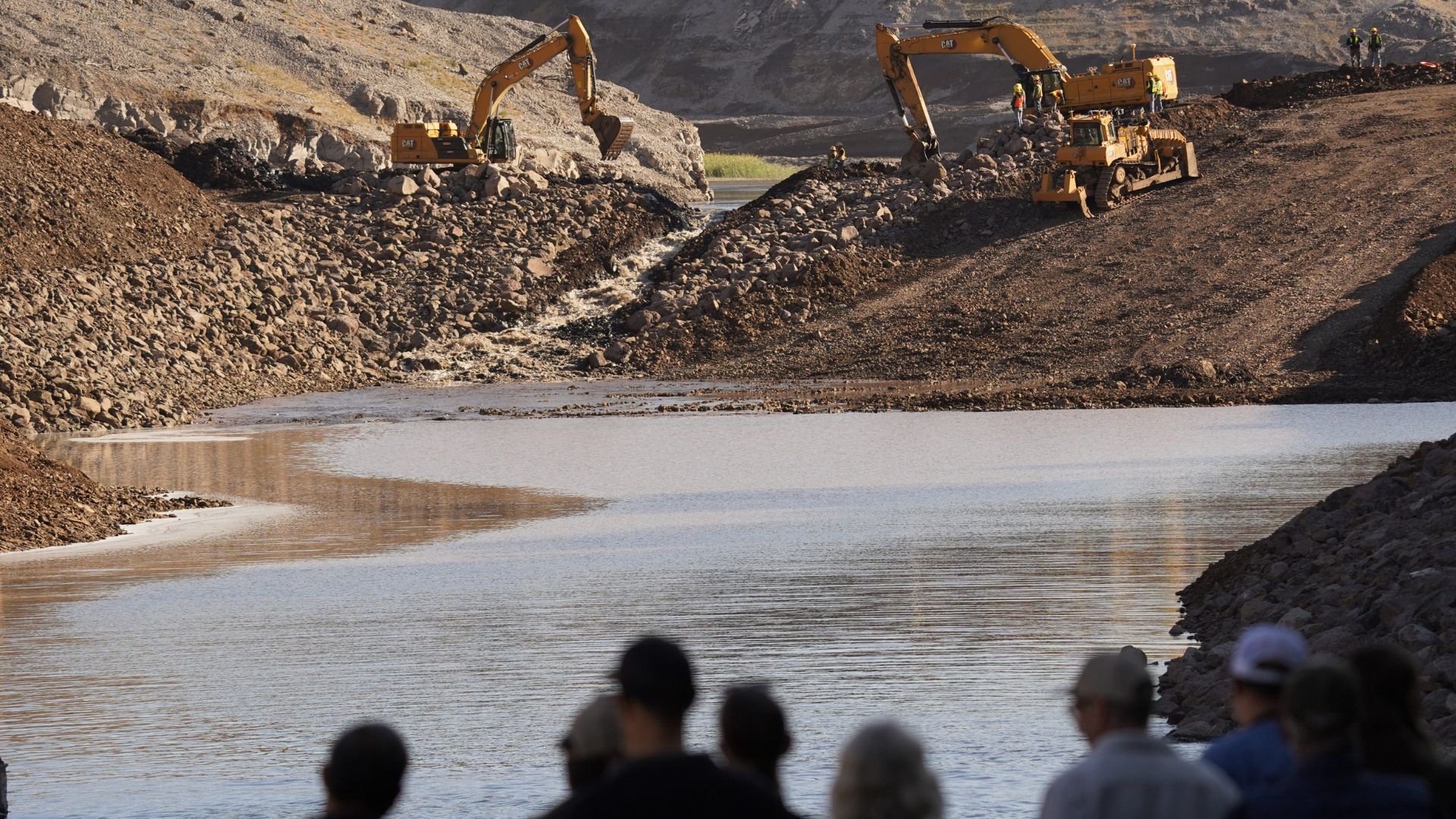
The process kicked off in 2022 after federal approval, beginning with the smallest dam, Copco No. 2.
Earlier this year, crews strategically released water from the reservoirs, a critical step to ensure the remaining structures could be safely removed without harming the surrounding environment.
Cultural Lifeline Restored
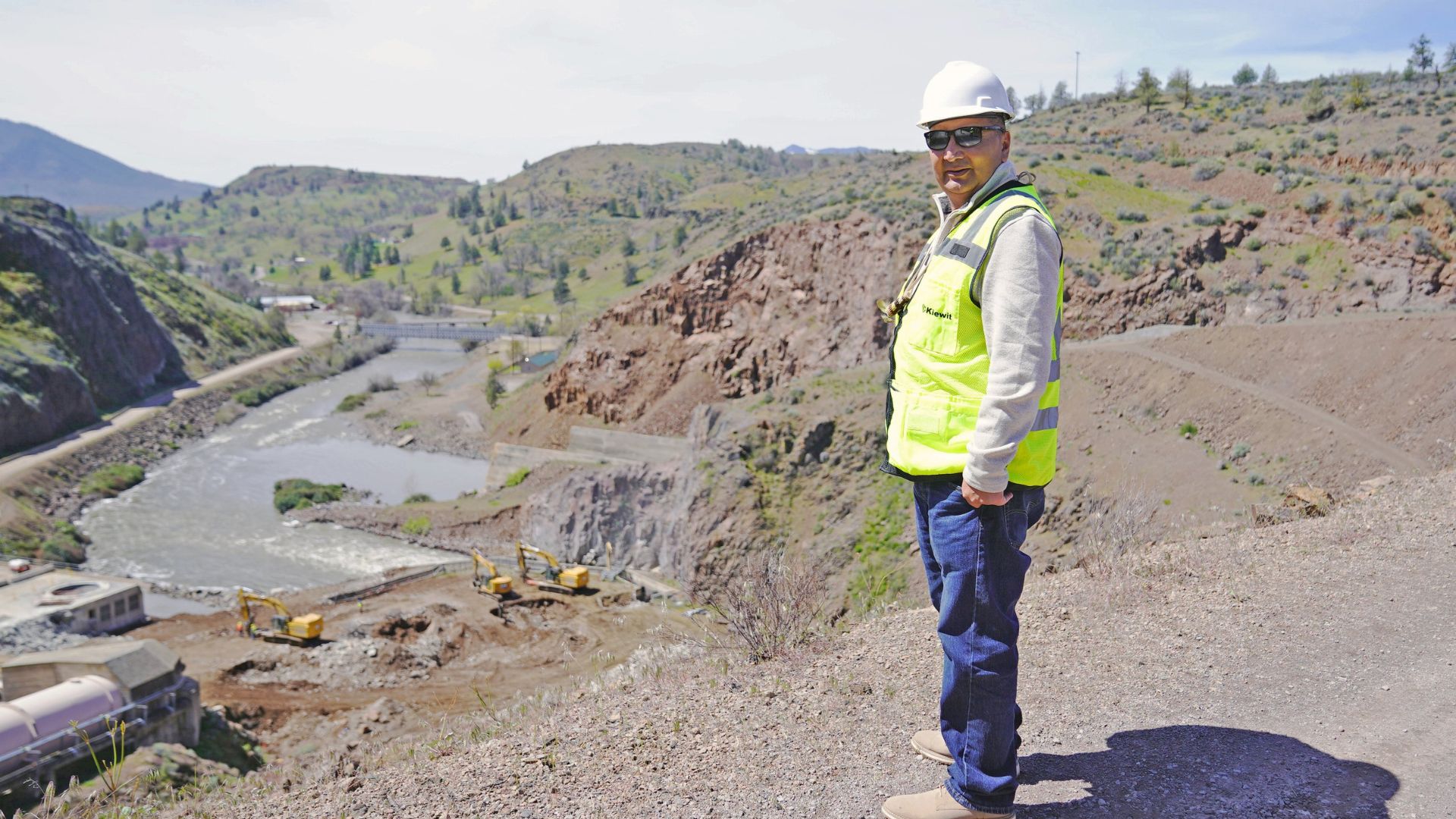
“The river for Yurok has always been our lifeblood,” Amy Bowers-Cordalis, the Yurok Tribe’s general counsel, told CNN.
This project’s completion is a significant step in preserving the cultural and spiritual practices that revolve around the salmon, a sacred species to the Yurok people of Northern California.
Correcting Past Mistakes

The construction of the dams was initially done without the consent of the local tribes, severing the natural flow of the river and disrupting the salmon populations crucial to these communities.
The removal of these dams has been a corrective measure, aiming to restore the river’s natural state and support both its ecological and cultural significance.
Tragic Wake-Up Call
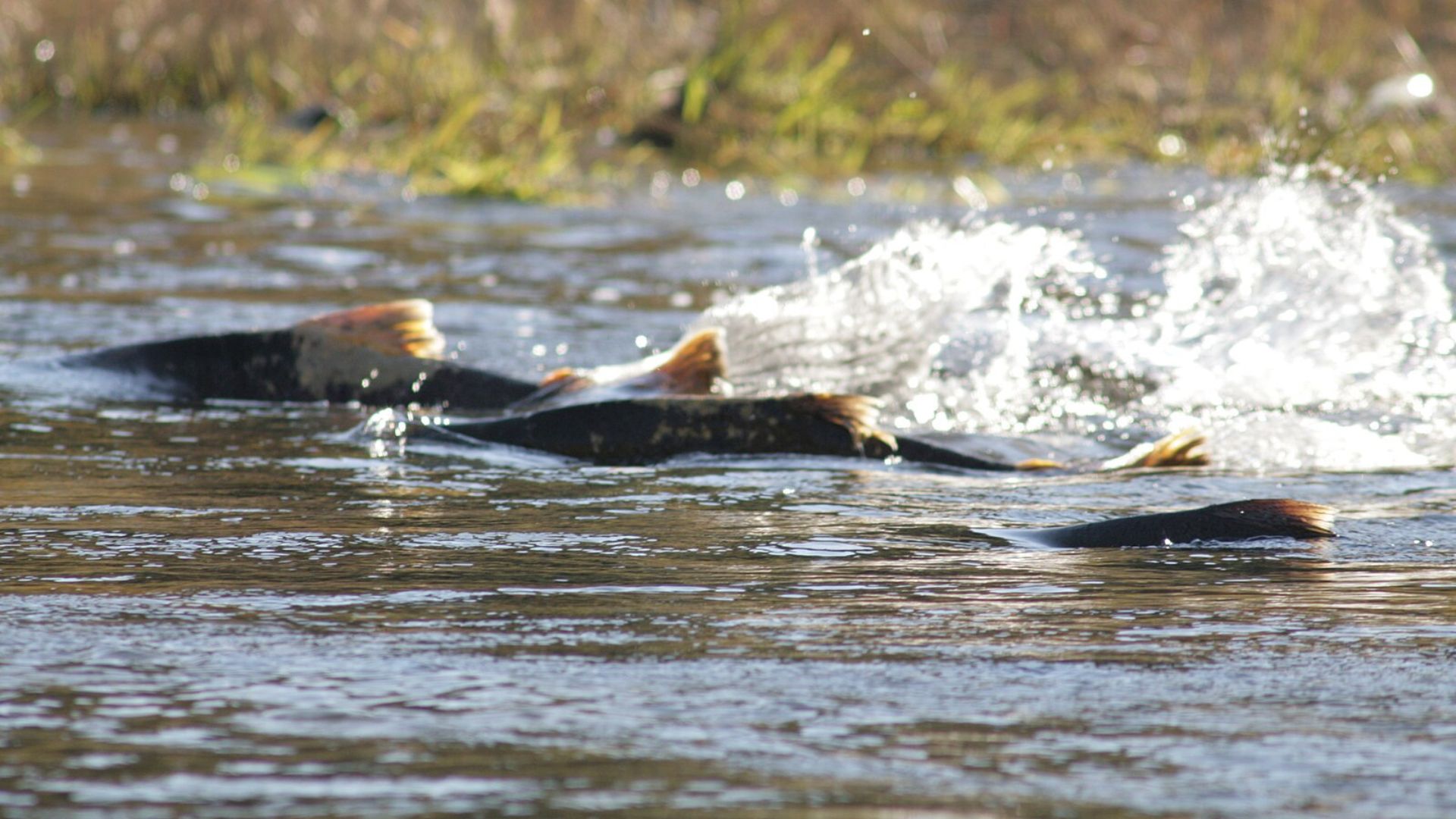
In 2002, a catastrophic fish kill event where over 34,000 chinook salmon died due to disease caused by poor dam-induced water conditions marked a critical turning point.
This tragedy demonstrated the environmental damage caused by the dams and fueled the drive for their removal.
Understanding the Impact
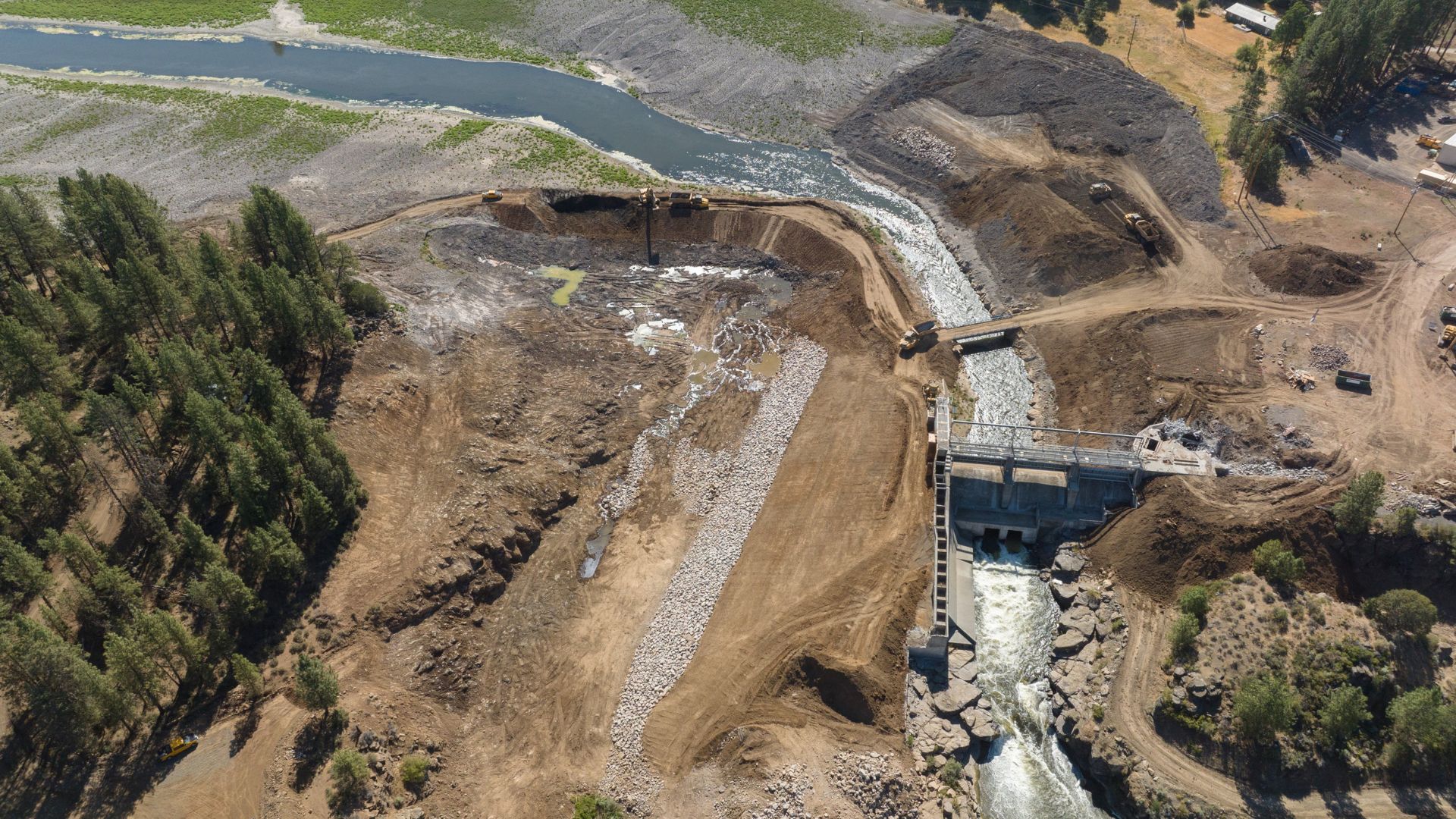
Julie Alexander from Oregon State University highlighted the environmental repercussions of dams.
She explained to CNN how they “tend to exacerbate pathogens and concentrates the fish so they’re more on top of each other, so you have directly transmitted parasites that can kind of jump from fish to fish.”
Overcoming Removal Challenges

The removal process stirred up sediments that had built up for over a century, temporarily clouding the river and impacting its inhabitants.
These challenges were anticipated, and experts see them as short-term obstacles on the path to long-term environmental recovery.
Energy and Environmental Balance
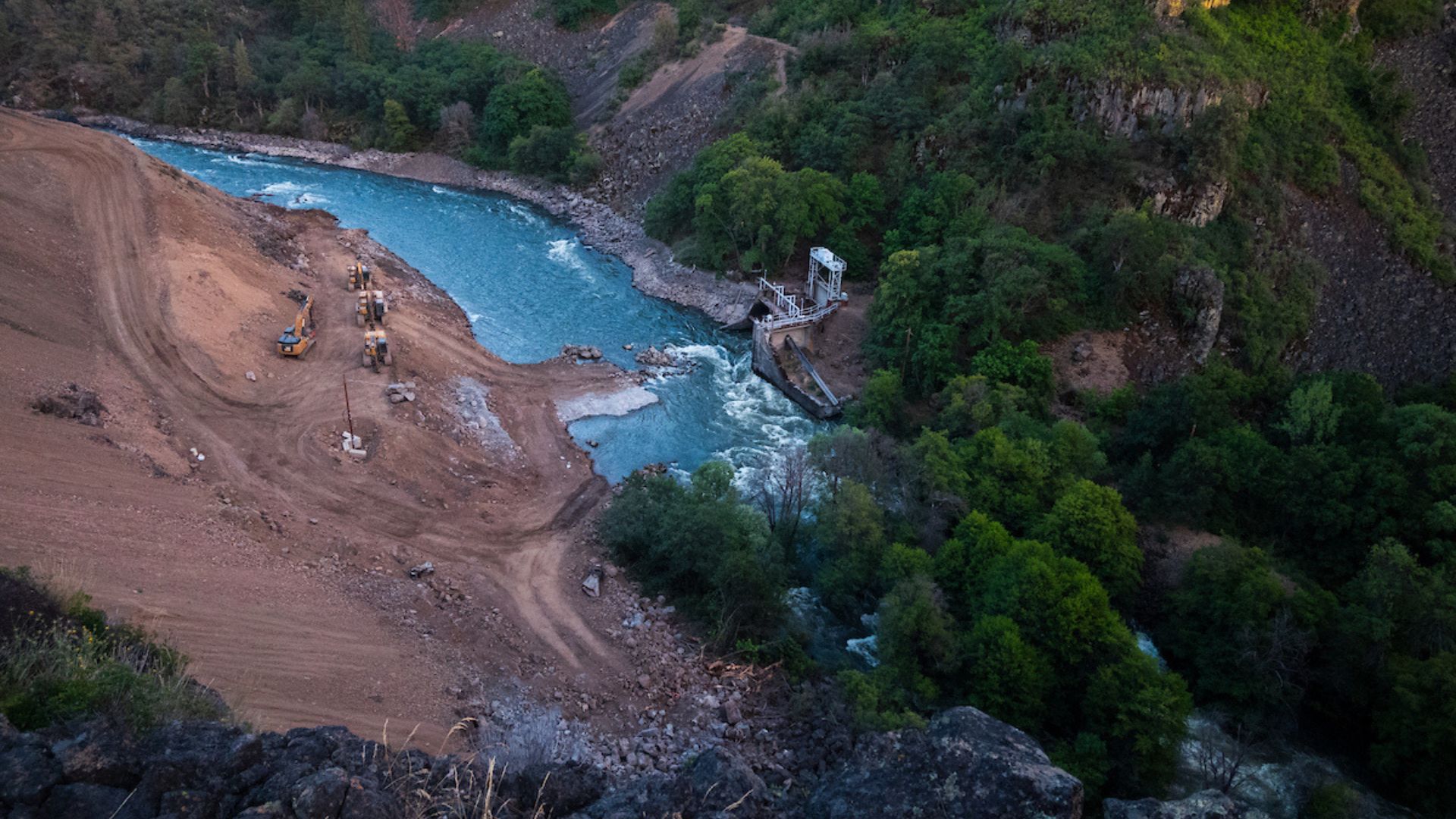
Despite their size, the dams contributed less than 2% to PacifiCorp’s energy output, making their removal a viable option with minimal impact on the region’s energy supply.
This action illustrates the project’s alignment with broader environmental restoration goals without significant detriment to energy resources.
A Vision for the Future
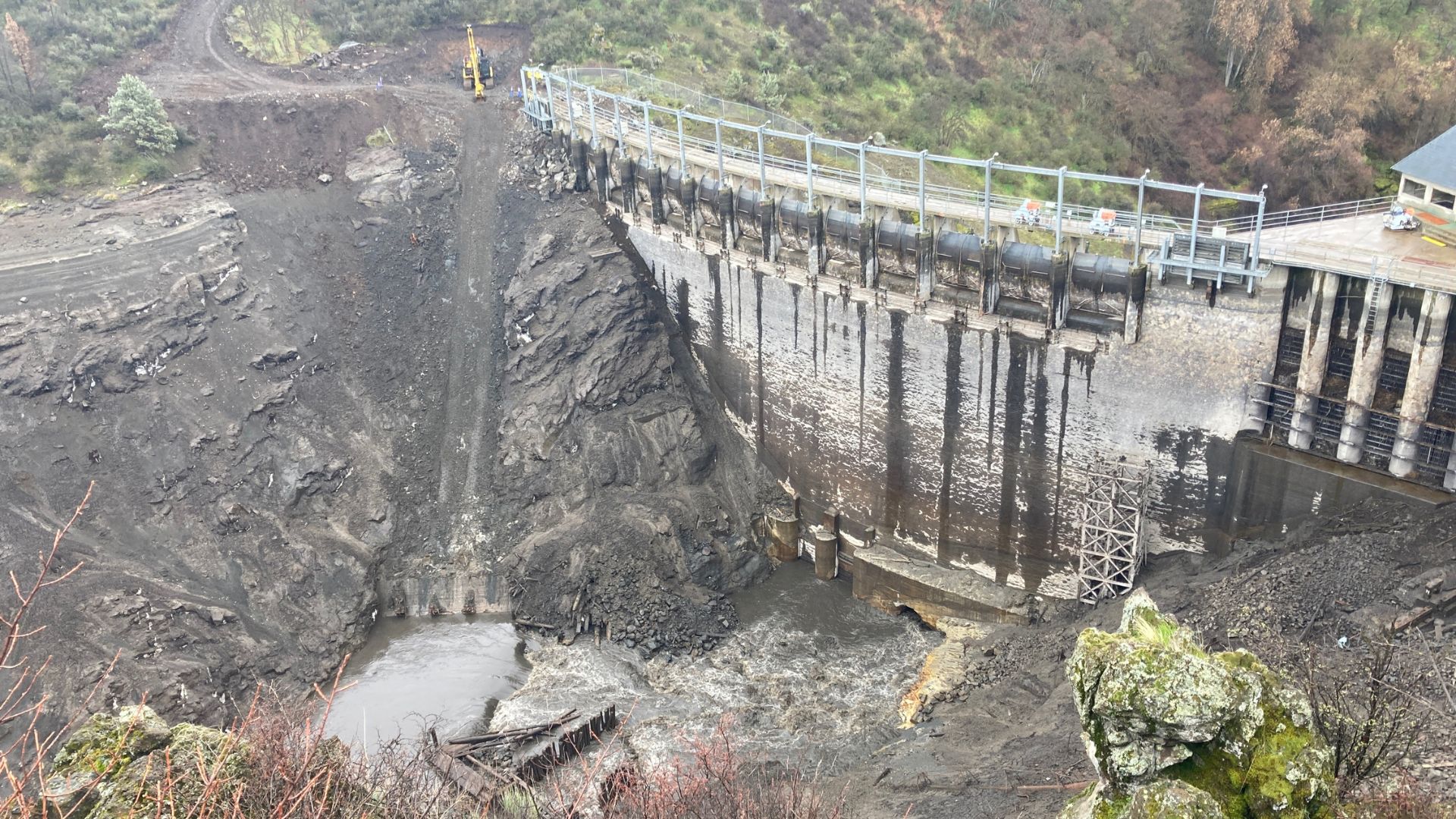
Mark Bransom announced ambitious restoration efforts that include planting nearly 16 billion seeds of almost 100 native species across 2,200 acres within the Klamath Basin.
This extensive reforestation plan is set to revitalize the area’s biodiversity and ecological health.
Healing and Reconnection
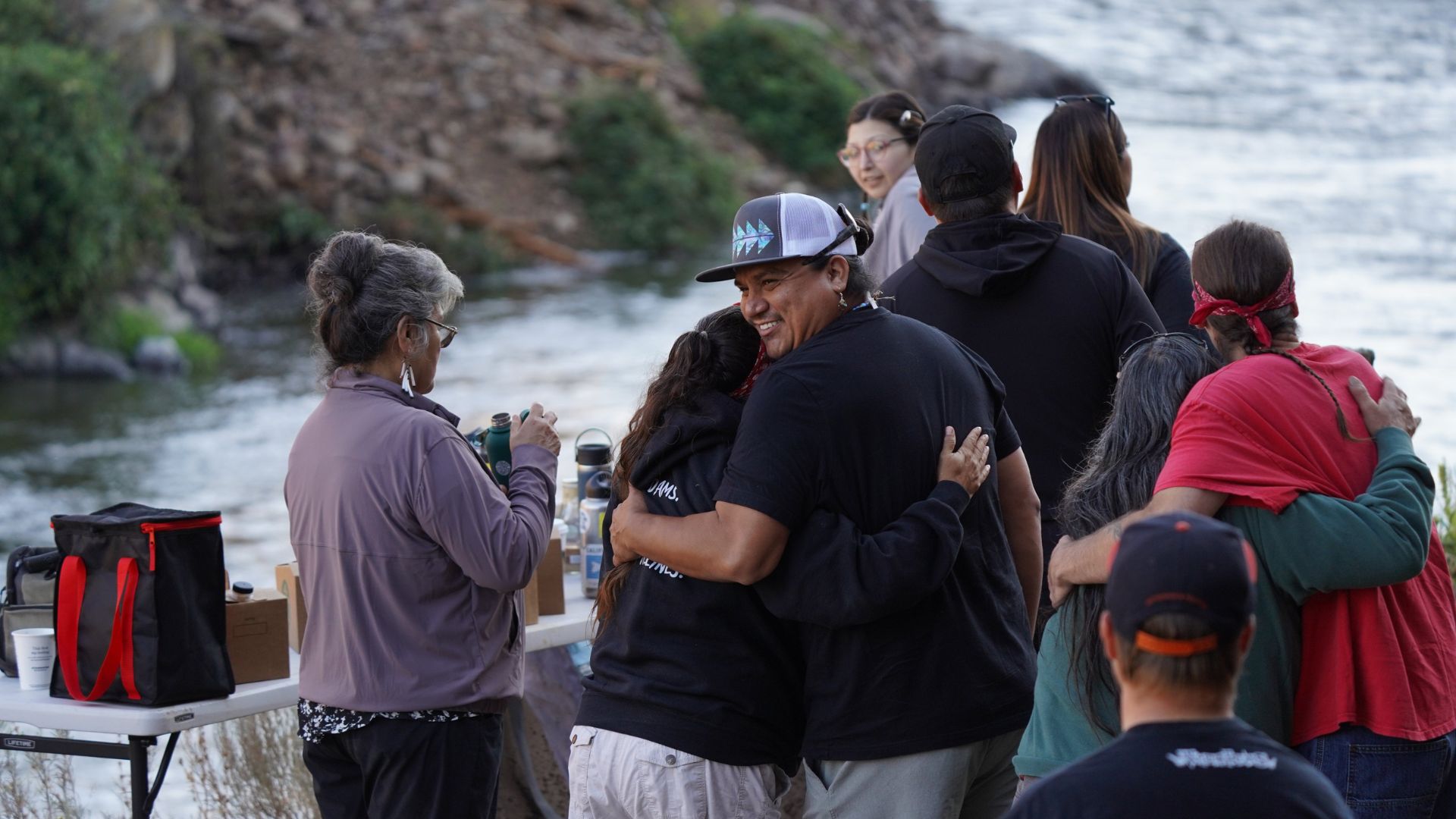
“The ultimate reward,” according to Amy Bowers-Cordalis, is seeing the river and its lands returned to their historical state—a deeply meaningful outcome for the Indigenous tribes.
The restoration not only reconnects the river to its past but also symbolizes the restitution of these lands to their original stewards.
